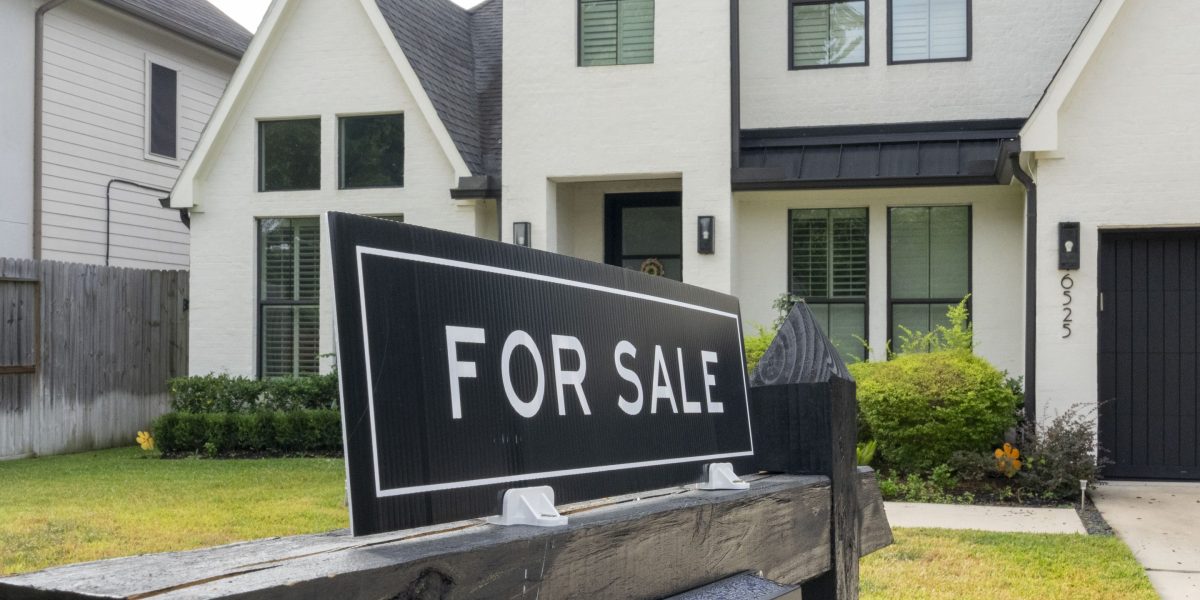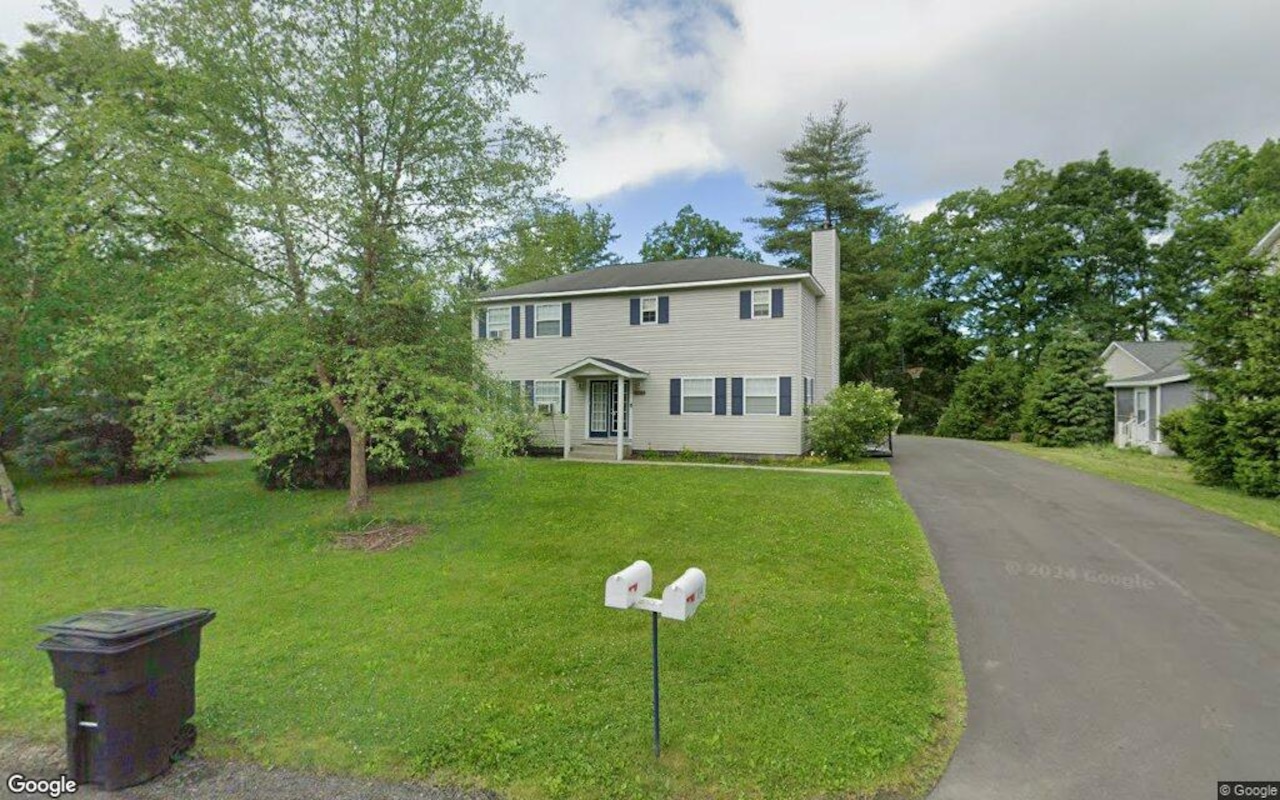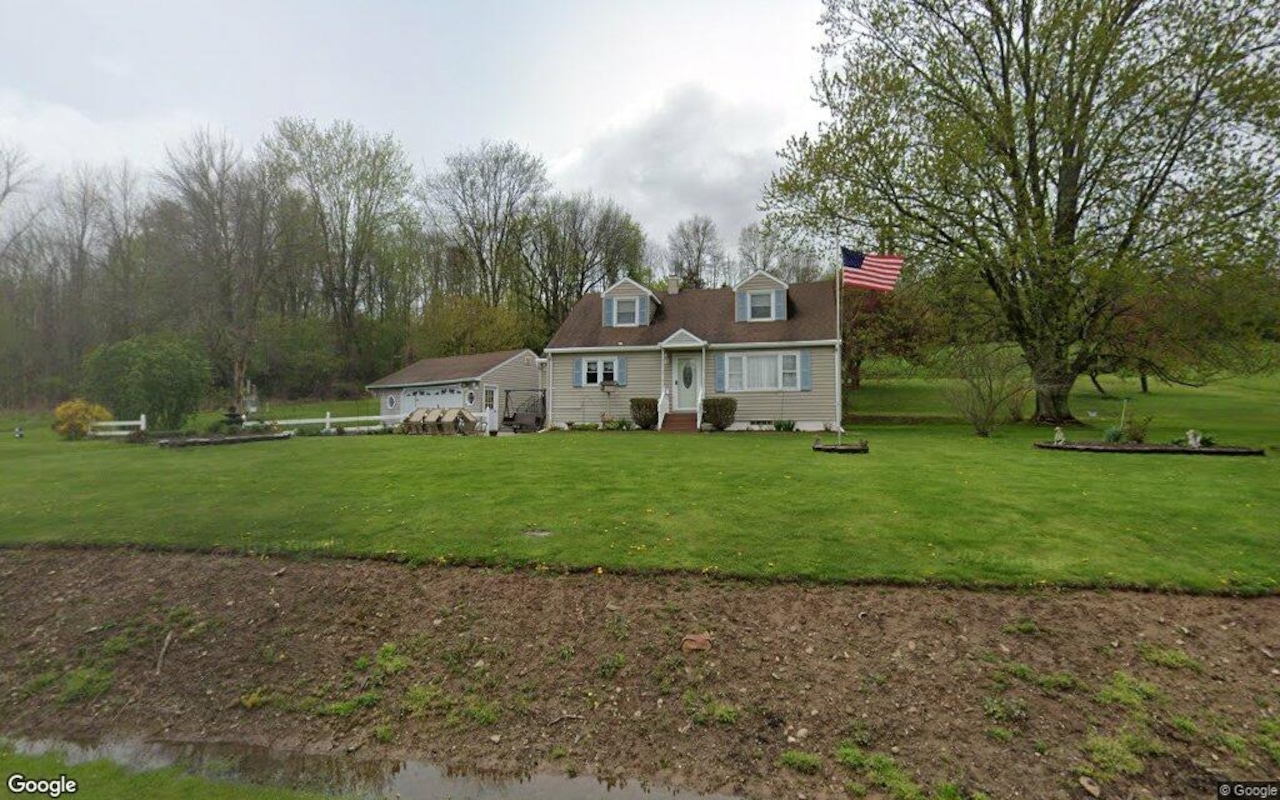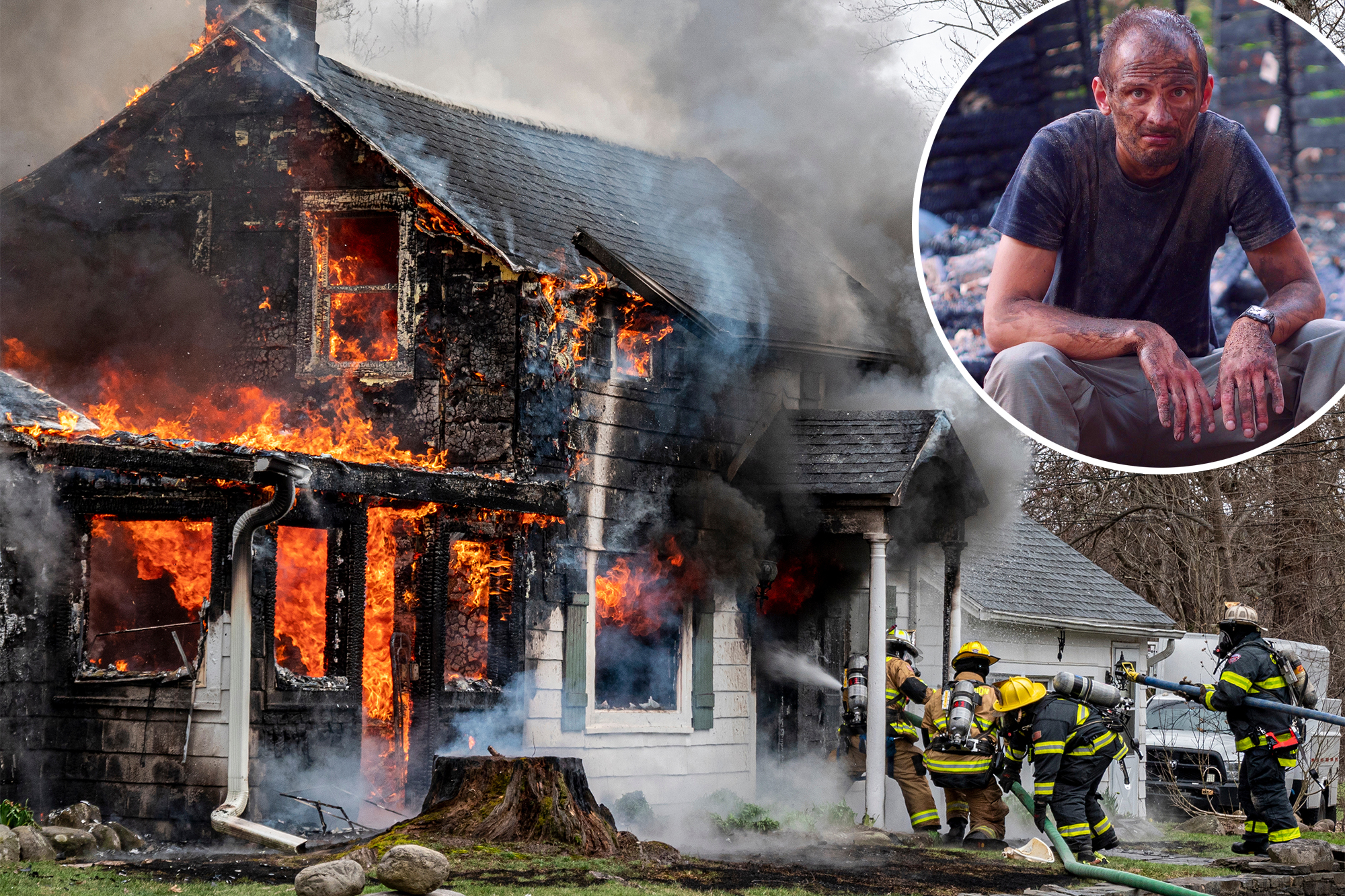T
he US housing market continues to grapple with an affordability crisis, as highlighted by the latest NAHB/Wells Fargo Cost of Housing Index (CHI). For low-income families, mortgage payments can consume over 50% of their income each month. The CHI reveals that in the fourth quarter of 2024, a family earning the national median income needed to allocate 38% of its earnings to afford a new home, while low-income households had to devote 76%. Existing homes also pose an affordability challenge, with typical families needing to spend 37% of their income and low-income households devoting 74%.
NAHB Chairman Carl Harris emphasizes the need for policy reforms to address this crisis. The organization's 10-point housing plan proposes reducing regulatory burdens, improving building material supply chains, and reforming restrictive zoning laws to boost housing production.
The CHI also shows that while median new home prices decreased slightly in the fourth quarter, existing home prices dropped by 2%, leading to a slight improvement in affordability for low-income families. However, the average 30-year mortgage rate rose from 6.60% to 6.72%. The US Department of Housing and Urban Development considers families "cost-burdened" when they spend more than 30% of their income on housing.
The CHI analyzes affordability across 176 metropolitan areas, with 10 markets experiencing severe cost burdens above 50%, 85 in the cost-burdened range of 31-50%, and only 81 at or below 30%. The top 5 most cost-burdened markets for median-income families are San Jose-Sunnyvale-Santa Clara, CA (87%), Urban Honolulu, HI (74%), San Diego-Chula Vista-Carlsbad, CA (69%), San Francisco-Oakland-Berkeley, CA (69%), and Naples-Marco Island, FL (65%). Low-income families in these areas would need to spend between 129% and 174% of their income on housing.
Conversely, the top 5 least cost-burdened markets for median-income families are Decatur, IL (16%), Cumberland, MD-WV (17%), Springfield, IL (17%), Elmira, NY (19%), and Peoria, IL (19%). Low-income families in these areas would need to allocate between 31% and 39% of their income to housing costs.
NAHB Chief Economist Robert Dietz emphasizes the urgency of tackling affordability challenges. "To create more attainable homeownership and rental opportunities, policymakers must eliminate regulatory barriers and foster a more supportive business environment for builders," he said. The CHI continues to serve as a critical measure of housing affordability, highlighting the need for solutions that lower construction costs and expand access to affordable housing nationwide.















